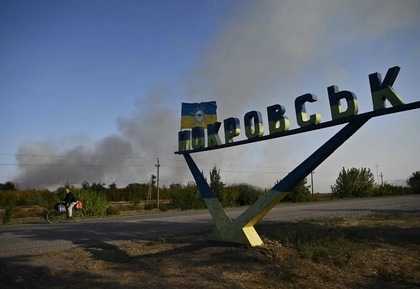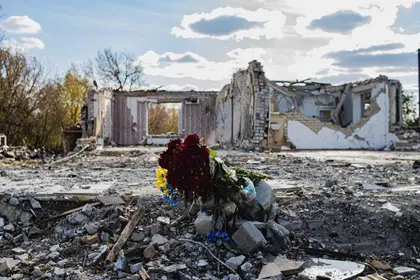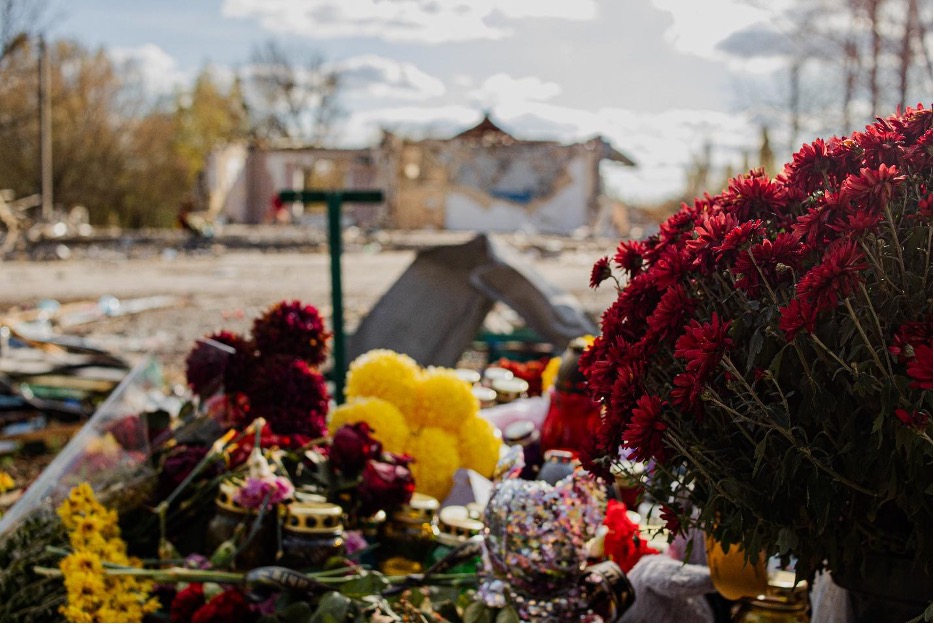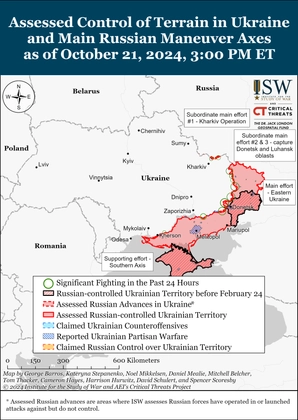Nearly three weeks now.
On Oct. 5, Russian forces launched an Iskander missile killing 53 men, women and children in the village of Hroza – none of whom were military.
JOIN US ON TELEGRAM
Follow our coverage of the war on the @Kyivpost_official.
The missile struck a village café and shop, where locals celebrated and commemorated the brave actions of one Andrii Kozyr – who had answered the call to defend his land from Russia’s invasion by joining the Ukraine Armed Forces and who’d been killed in action in March the previous year.
Ukrainian intelligence believes that two brothers who had been residents of the village took part in Russia’s massacre, informing Moscow of the gathering.
On Oct. 11, a spokesperson for the Security Services of Ukraine (SBU) identified Volodymyr Mamon, 30, and his brother, Dmytro Mamon, 23, as their primary targets for capture.
It is believed they’ve both fled to Russia.
It was a huge loss of life in a village that only had a total post-invasion population of 330.
Some 15 percent of the village was killed, leaving children fully orphaned, wives and husbands without their life partners, elderly without support, full young families wiped away, homes damaged, and life as it had been known for generations – now changed forever.
When approaching the village, you can’t but help feel emotional.
The first thing you see when turning down one unassuming road is the cemetery. The colors of the flowers are vibrant and eye-catching. Lines of gravestones display pictures of the deceased, almost giving you the feeling that you knew them personally.

Frontline Ukraine Cafe Offers Glimpse of Normality as War Rages
Then it hits you – the number of new graves, the loss of life – it’s unimaginable. You are left with the question, “What has this achieved?”
The cemetery is well-kept. There are park benches to sit on and remember your loved ones with family and friends. You can sit and absorb the peace that seems to permeate the well-kept open space around it.
There’s still a regular flow of vehicles – some passing through, some slowing down past the cemetery. Residents are visiting grave sites.
Not being from Hroza, along with sorrow, it’s easy for one to feel intrusive.
However, when returning to the vehicle, some locals smile and say “hello” as you pass each other, locking eyes.
The heartache and loss the residents deal with daily is still clearly visible – but they never lose their politeness, nor their inspiring Ukrainian strength. Some of the locals watch you with intrigue, some a bit suspiciously – understandable, given the circumstances.
Hroza Cemetery and some of the graves of the fallen. Photos: Ragnar Kristoffersen
Hroza is what could be described as a “runway” village, a single main road with dwellings on either side.
The drive from the cemetery to the center of the village is a few hundred meters. Then you’re at what should be the heart of the community.
Here’s where the village shop, café, and children’s play area once proudly stood surrounded by a green area. Used for children’s games, family picnics, and community gatherings on warm summer evenings – it’s now a mass of rubble and twisted metal, with remnants of the recovery efforts scattered around.
Some of the dwellings close to the community building are badly damaged by the explosion and the shock wave of the ballistic missile.
Some dwellings appear to be empty, with gates wide open and no signs of life. It’s unclear whether all this damage was caused by the most recent attack or from earlier in the invasion.
There are empty and half-empty water bottles. There are fire extinguishers left behind by rescue teams. There are parts of the destroyed building strewn up to 100 meters away and in the trees adjacent to the impact area. It’s still a scene of devastation, 14 days on.
The community building is littered with bloodied clothing and discarded medical equipment in the positions the emergency service had been working in, trying to save lives.
In a sobering reminder of the loss of life, body bags litter the bushes and are scattered over the children’s play area.
effects such as mobile phones, purses, and children’s toys also lie around, broken and torn.
There is a clear odor in the air. It’s a smell signifying loss of life – of trauma. It’s a deathly smell normally reserved for the front line. Strategically placed sand covers blood and human remains, still in plain sight.
Clothing and medical equipment left. Photo: Ragnar Kristoffersen
Your attention is drawn away from these reminders of a chaotic day to a beautiful display of flowers and messages placed carefully and lovingly in the children’s play area – left over from the memorial – where locals had mourned for three days.
Memories seem to waft through the air. The colors of the flowers shine in the autumn sun.
The defiantly beautiful flowers seem to stand as testimony to the village’s unity – of Ukrainians’ strength to continue without forgetting – so as not to be oppressed by the tyranny of the Russian Federation and its conspirators.
As the realism of what happened sets into the memories of Hroza’s residents, life must go on in the village.
How do people move on from a heinous crime like this?
They move on in memory of the victims. They move on to ensure the survival of the village and its remaining residents. They move on because of Ukrainian strength.
Looking around, you can see residents getting their roofs repaired and new windows installed to replace shattered ones.
It’s clear they want their lives to return to normal.
Tractors continue working the fields on the village outskirts. Refuse collection workers are busy in different parts of the village. Builders and repairmen can be seen hammering away. People are talking, and at times, even the faint sound of children laughing and playing can be heard in the distance.
Leaving, driving down the single road towards the cemetery with thoughts and prayers for the village residents affected by this war crime, one can see two vehicles slowly driving the same route.
They stop at the cemetery and the occupants exit their cars. Doors swing open.
Another family, another funeral. With modest tears, they hold hands, hug each other – and all they say is:
“Strength to Ukraine.”
You can also highlight the text and press Ctrl + Enter











